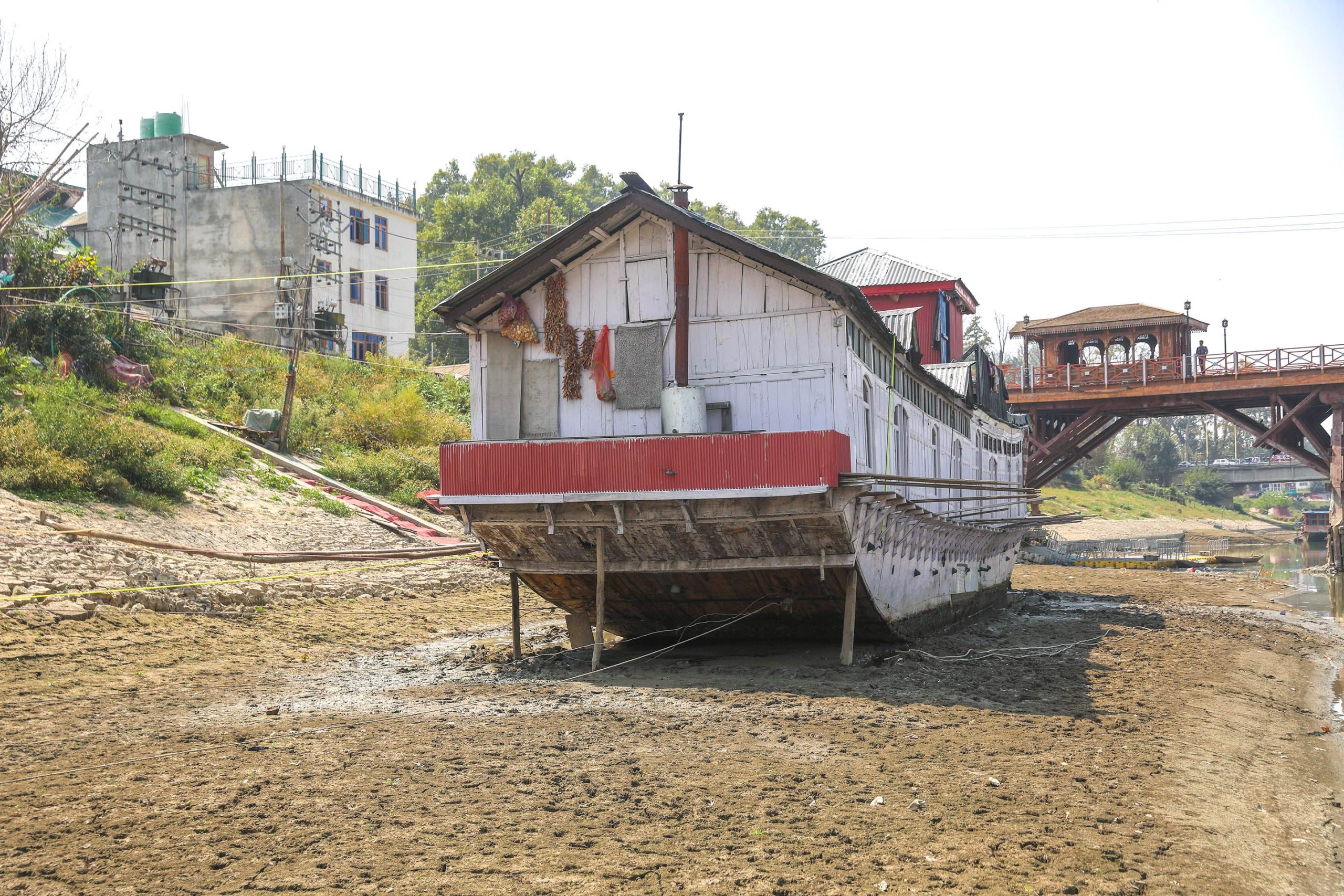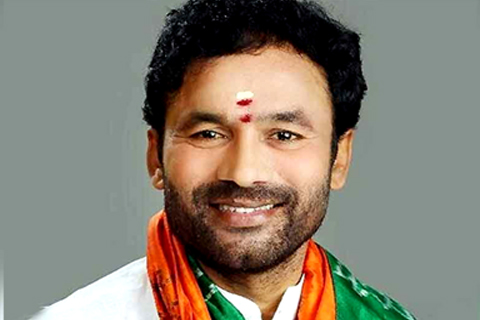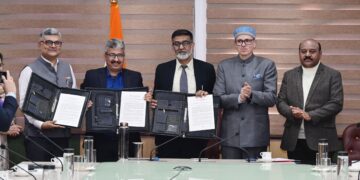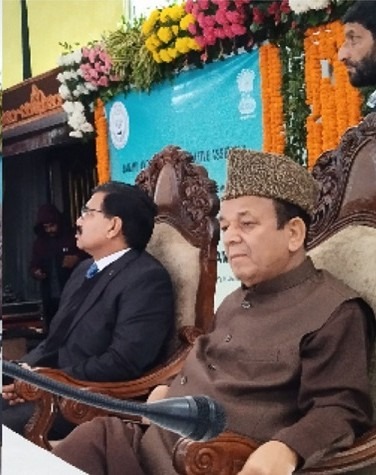Srinagar: Jammu and Kashmir experienced its driest year in five decades in 2024 as the below-normal precipitation continued for the fifth consecutive year, with a sharp 29 percent deficit in rainfall compared to the annual average of 1232.3 mm, weather experts said on Saturday.
“Jammu and Kashmir experienced its driest year in five decades in 2024, with rainfall levels plunging to just 870.9 mm against the normal annual average of 1232.3 mm — a significant deficit of 29 percent,” a weather expert, Faizan Arif, said here.
This marks the fifth consecutive year of below-normal precipitation in the Union Territory, he said.
The weather expert said a closer look at the rainfall trends over the recent years highlights an alarming pattern.
“2023 recorded 1146.6 mm which was 7 percent below the normal precipitation, while 2022 witnessed 1040.4 mm, a 16 percent deficit,” he said.
Arif said 2021 saw the precipitation levels dropping to 892.5 mm which was a staggering 28 percent deficit, and 2020 experienced 982.2 mm, again 20 percent deficit.
With the 2024 figures nearing the record low of 802.5 mm in 1974, the region’s precipitation levels continue to dwindle, he added.
The prolonged deficit has left rivers, reservoirs, and groundwater sources under stress, while farmers and residents face increasing challenges due to reduced water availability, leading to concerns over water scarcity and its impact on agriculture, hydropower, and daily life.
The monthly data for the year 2024 reveals the severity of the deficit, with the year starting off with a staggering 91 percent shortfall in the month of January, the weather expert said.
He said February and March saw deficits of 17 percent and 16 percent respectively.
Although April offered some respite with a 48 percent surplus as it was the only month to witness excess rainfall, deficits resumed from May onwards.
In May 67 percent shortfall was recorded, 38 percent in June, 36 percent in July, and 2 percent in August, he added.
The weather expert said the situation worsened towards the end of the year with deficits of 41 percent in September, 74 percent in October, 69 percent in November, and 58 percent in December.
He said the declining rainfall over the years emphasizes the urgent need for climate adaptation measures and comprehensive water management strategies to mitigate the effects of prolonged dry spells in Jammu and Kashmir.
Mehraj Mir, a local resident here, expressed concern over the low precipitation in recent years, saying it is an alarming sign.
“It will create problems in the times ahead. The low levels of water would impact irrigation for agriculture and horticulture, and drinking water supply,” Ahmad said.
He expressed hope of an increased precipitation in the coming months to mitigate the deficit.








